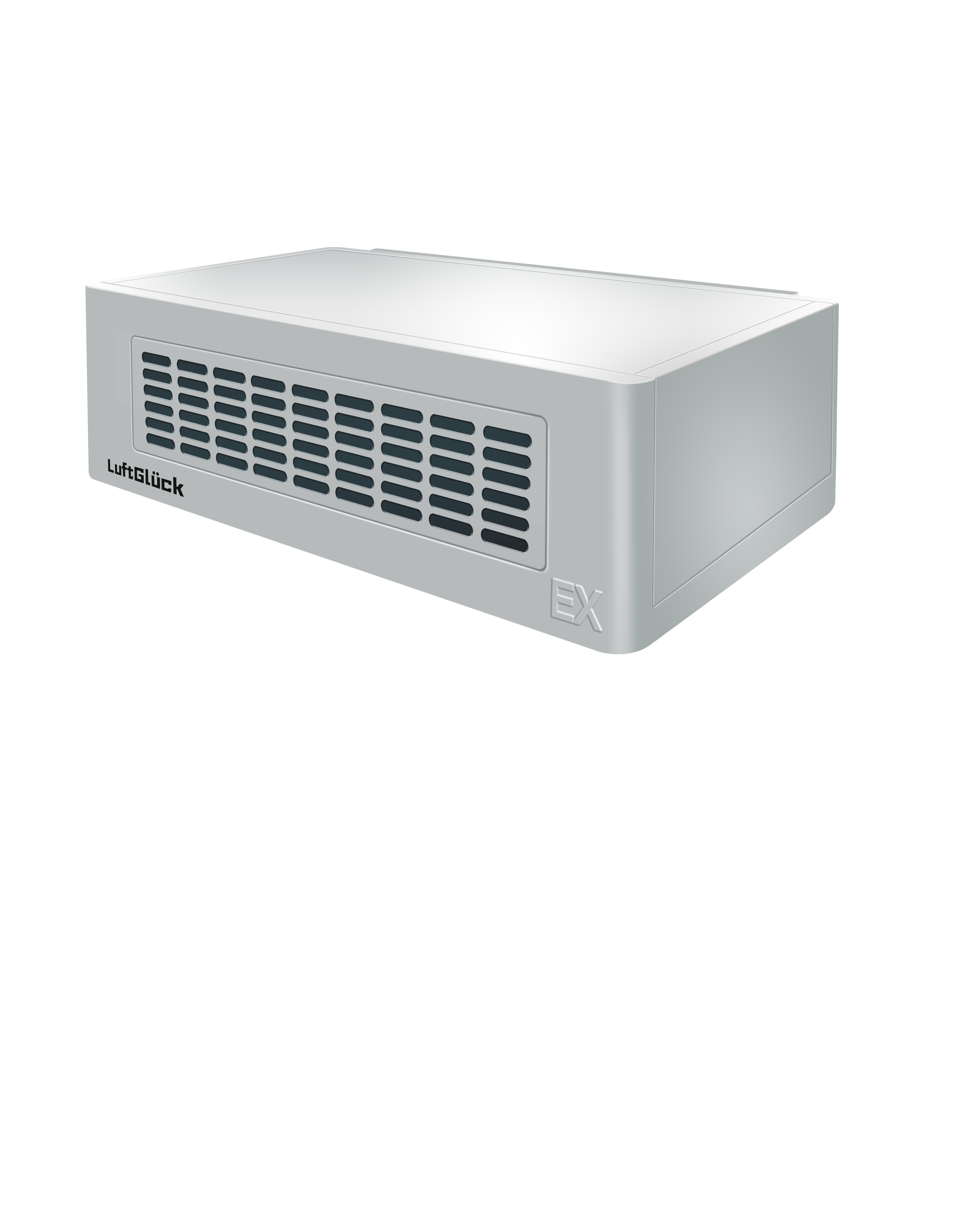Understanding Food Preservation Through Advanced Humidification Technology
Fresh food preservation represents a critical challenge in both commercial and residential settings. Ultrasonic humidifiers have emerged as a revolutionary solution for maintaining optimal moisture levels in food storage environments. These sophisticated devices utilize high-frequency sound waves to create a fine water mist that helps prevent dehydration and maintain the natural freshness of unwrapped produce and perishables. By generating precisely controlled humidity levels, ultrasonic humidifiers are transforming how we approach food storage and preservation.
The Science Behind Ultrasonic Humidification
Vibration Technology and Mist Generation
Ultrasonic humidifiers operate through an innovative process that converts water into microscopic droplets. At their core, these devices contain a metal diaphragm that vibrates at ultrasonic frequencies - typically around 1.7 million times per second. This rapid vibration creates tiny water particles that form a cool, fine mist. When applied to food storage environments, this mist provides consistent humidity without causing temperature fluctuations that could potentially harm delicate produce.
Moisture Distribution Mechanisms
The effectiveness of ultrasonic humidifiers in food preservation lies in their ability to distribute moisture evenly throughout the storage space. The ultrafine mist particles, measuring just 1-5 microns in diameter, can easily circulate and maintain consistent humidity levels. This uniform distribution ensures that all exposed food surfaces receive adequate moisture protection, preventing localized dry spots that could lead to spoilage.
Benefits for Food Preservation
Extended Shelf Life Enhancement
When properly implemented, ultrasonic humidifiers can significantly extend the shelf life of unwrapped fresh foods. By maintaining optimal moisture levels, these devices help prevent common issues such as wilting, shriveling, and texture degradation. Leafy greens, for instance, can maintain their crispness for several additional days when stored in humidity-controlled environments, while fruits retain their natural juiciness and appearance for longer periods.
Quality Maintenance Advantages
Beyond basic preservation, ultrasonic humidifiers play a crucial role in maintaining food quality characteristics. The consistent moisture levels help preserve essential nutrients, natural colors, and textures that consumers associate with fresh, high-quality produce. This preservation of quality attributes is particularly important for high-value produce items and specialty foods that demand premium pricing.

Optimal Implementation Strategies
Environmental Control Parameters
Successful implementation of ultrasonic humidifiers requires careful attention to environmental parameters. The ideal relative humidity range for most fresh produce lies between 85% and 95%, though specific requirements vary by food type. Modern ultrasonic humidifiers feature precise controls that allow operators to maintain these optimal conditions consistently, often incorporating sensors that automatically adjust output based on real-time measurements.
Installation and Positioning Guidelines
Proper placement of ultrasonic humidifiers within storage areas is crucial for maximizing their effectiveness. The units should be positioned to ensure even distribution of mist throughout the space, taking into account air circulation patterns and storage layout. Multiple units may be necessary for larger areas, with careful consideration given to overlap patterns and coverage zones.
Maintenance and Optimization
Regular Upkeep Protocols
To ensure consistent performance, ultrasonic humidifiers require regular maintenance and cleaning. Water quality is particularly important, as mineral deposits can affect the efficiency of the ultrasonic mechanism. Using distilled or filtered water can significantly reduce maintenance requirements and extend equipment life. Regular cleaning of the water tank and vibrating elements helps maintain optimal mist production and prevent potential contamination issues.
Performance Monitoring Systems
Modern ultrasonic humidification systems often incorporate sophisticated monitoring capabilities. These systems track humidity levels, water consumption, and operating efficiency in real-time, allowing operators to optimize performance and identify potential issues before they impact food preservation effectiveness. Advanced models may include remote monitoring capabilities and automated alert systems.
Economic and Environmental Impact
Cost Efficiency Analysis
While the initial investment in ultrasonic humidification systems may be significant, the long-term economic benefits often justify the expense. Reduced food waste, extended shelf life, and improved product quality can result in substantial cost savings. Additionally, ultrasonic humidifiers are typically more energy-efficient than traditional humidification methods, leading to lower operating costs over time.
Sustainability Considerations
The environmental benefits of ultrasonic humidifiers extend beyond reduced food waste. These systems consume less energy than conventional humidification methods and, when properly maintained, have minimal environmental impact. The reduction in food waste also contributes to lower greenhouse gas emissions associated with food disposal and replacement production.
Frequently Asked Questions
What humidity level should be maintained for optimal food preservation?
Most fresh produce requires relative humidity levels between 85% and 95% for optimal preservation. However, specific requirements may vary depending on the type of food being stored. Leafy greens typically need higher humidity levels, while root vegetables may require slightly lower levels.
How often should ultrasonic humidifiers be cleaned for food storage applications?
For food storage applications, ultrasonic humidifiers should be cleaned at least weekly, with water tanks being emptied and sanitized. More frequent cleaning may be necessary in high-use environments or areas with hard water. Regular maintenance ensures optimal performance and prevents potential contamination issues.
Can ultrasonic humidifiers be used in both commercial and residential settings?
Yes, ultrasonic humidifiers are versatile enough for both commercial and residential use. While commercial systems are typically larger and more sophisticated, smaller units are available for home use in refrigerators or pantry spaces. The principle of operation remains the same, though capacity and control features may vary.

